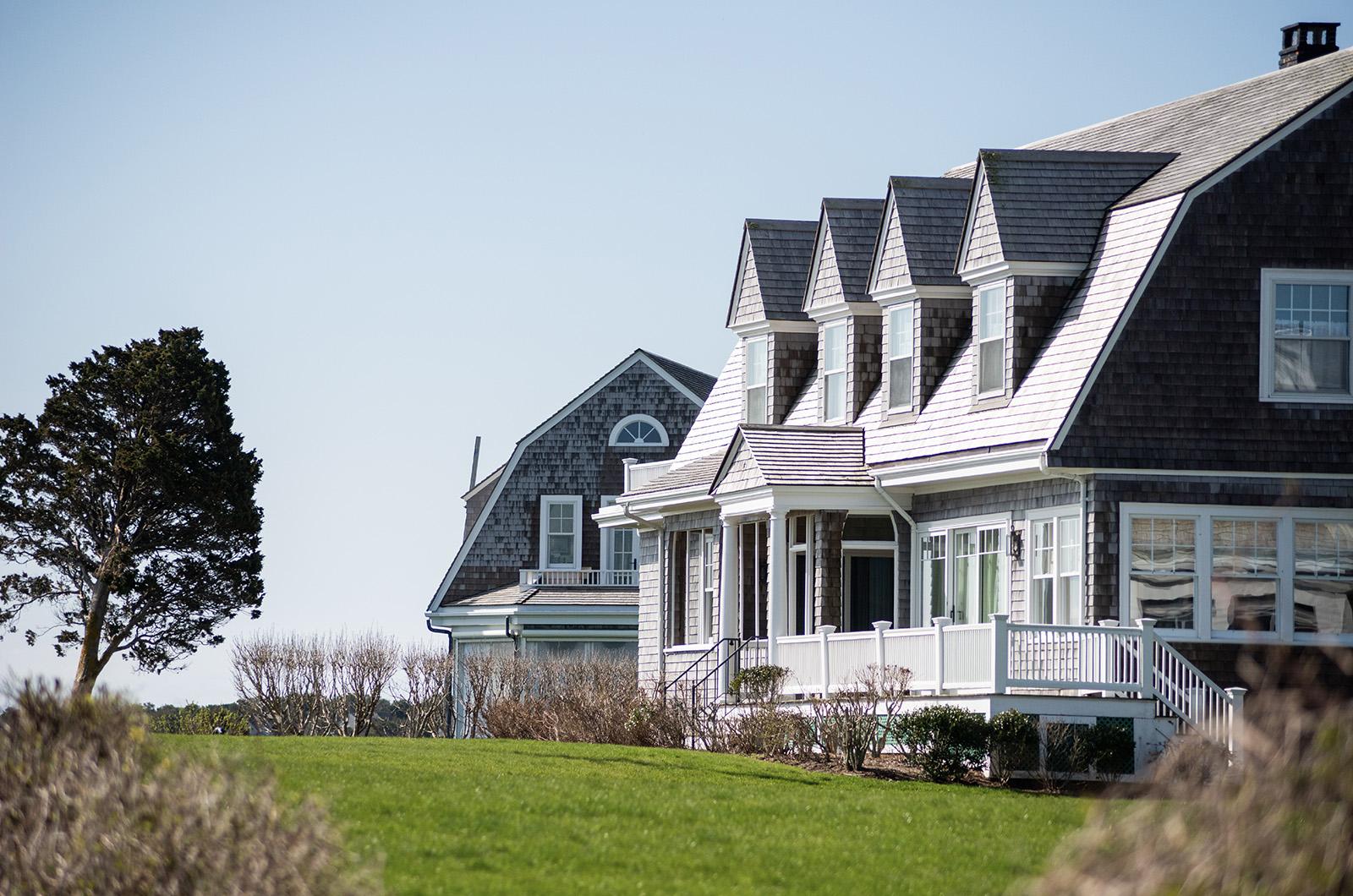I am a relative newcomer to Martha’s Vineyard gen erally and to Edgartown specifically, arriving on the Island 20 years ago and in the village 15 years ago. I say this at the outset simply as an acknowledgment that my opinions are inherently limited by my own experience.
That said, I’m deeply saddened to see Edgartown being overwhelmed by an acceleration of profit-driven development conveniently disguised in a narrative of faux historic stewardship.
I know this trap because I fell into it. Here’s how it works. You visit Edgartown and in a year, or two, or three, you fall for the place and decide you’d like to own a home here. Suddenly, the real estate industrial complex gears up and you’re not only being sold a piece of property or a historic home, but also a promise of all the things you have a “right” to do to it. You can tear down this property and double the square footage. You can lift this house and add a movie theatre. You can cut down those trees and build a pool within walking distance of the ocean. Or you can subdivide the property, sell off your side yard, and turn open space into yet another 5,000 square-foot cookie cutter creation.
And as if that’s not bad enough, increasingly what’s being built aren’t even homes because no one really lives in them. Instead, they’re short-term rental “hotels” with make-believe historic backstories. Edgartown doesn’t need architects to create faux history because Edgartown has actual history — nearly 400 years of it. And the village doesn’t need make-believe historic architecture because it’s filled with 100-year-old homes and properties rich with character whose authenticity should be protected rather than plowed under.
Recently, we have witnessed a slew of classic Vineyard homes being lifted, or shifted, or stripped, or simply disposed of. These are sold to folks like me, who frequently arrive with little appreciation for the full character of the place and whose natural sense of entitlement is fueled, rather than restrained, by the whispers of architects and others in the real estate industrial complex.
By contrast, consider the legendary Vineyard Gazette editor Henry Beetle Hough who, in 1958, having just sold the magazine rights to his latest book, used those funds not to build a pool but rather to buy 10 acres that included Sheriff’s Meadow. In so doing, he protected the meadow, the Eel Pond and John Butler’s Mudhole from development. That’s stewardship.
This recent push of unbridled development, often for vanity or profit, reminds me of a story about Kurt Vonnegut and Joseph Heller. They were together at a party on Shelter Island given by a billionaire hedge fund manager, and Vonnegut needled Heller, observing that their host made more money in a single day than Heller earned from his classic novel Catch-22 over its entire history.
Heller responded, “That may be true, but I have something he will never have.”
“What’s that?” asked Vonnegut.
“Enough,” Heller responded.
What we need today in Edgartown is real estate agents, architects, builders, town leaders and homeowners willing to follow in the footsteps of Henry Beetle Hough and Joseph Heller. People willing to draw a line against profit-fueled development. People willing to be stewards of the true character of historic Edgartown and historic Martha’s Vineyard. People who see the power of communal responsibility and recognize that sometimes in life . . . less is more.
Christopher Celeste lives in Edgartown. He is the co-owner of Rosewater Market and Dairy Queen, and was involved in the recent restoration of the Yellow House in partnership with the town of Edgartown.




Comments (26)
Comments
Comment policy »